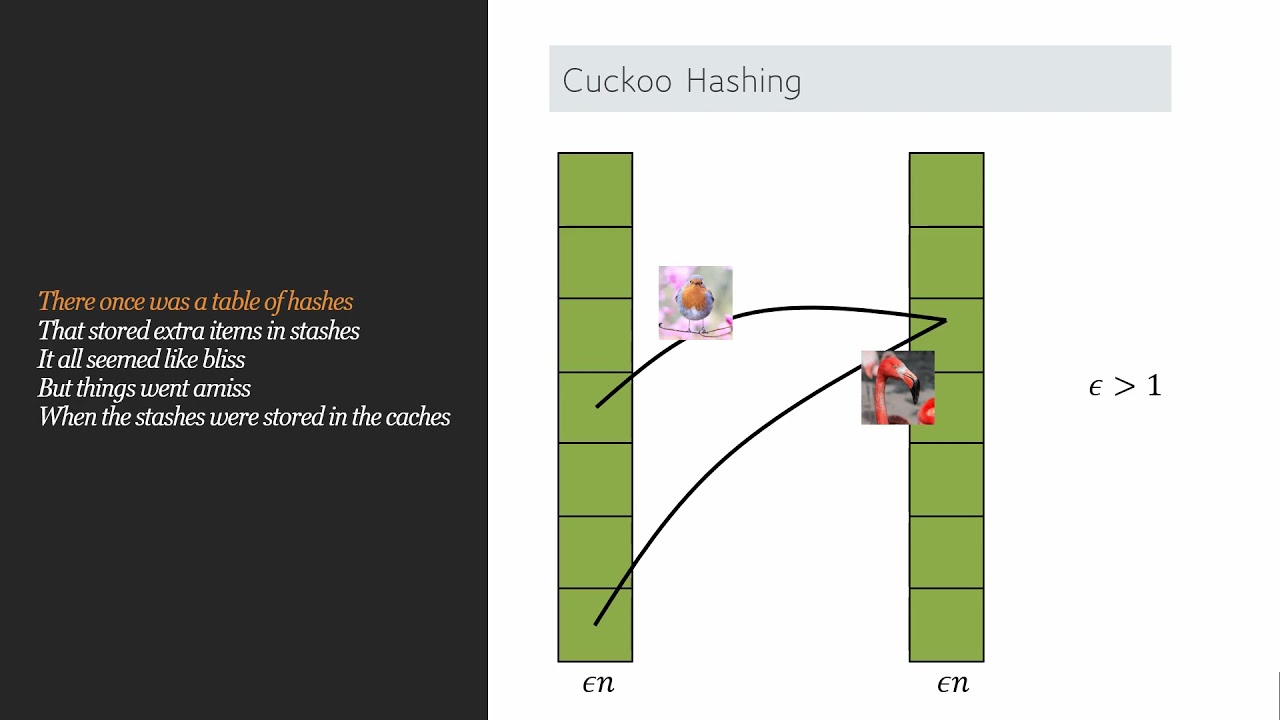Welcome to the resource topic for 2020/997
Title:
Alibi: A Flaw in Cuckoo-Hashing based Hierarchical ORAM Schemes and a Solution
Authors: Brett Hemenway Falk, Daniel Noble, Rafail Ostrovsky
Abstract:There once was a table of hashes That held extra items in stashes It all seemed like bliss But things went amiss When the stashes were stored in the caches The first Oblivious RAM protocols introduced the ``hierarchical solution,‘’ (STOC '90) where the servers store a series of hash tables of geometrically increasing capacities. Each ORAM query would read a small number of locations from each level of the hierarchy, and each level of the hierarchy would be reshuffled and rebuilt at geometrically increasing intervals to ensure that no single query was ever repeated twice at the same level. This yielded an ORAM protocol with polylogarithmic overhead. Future works extended and improved the hierarchical solution, replacing traditional hashing with cuckoo hashing (ICALP '11) and cuckoo hashing with a combined stash (Goodrich et al. SODA '12). In this work, we identify a subtle flaw in the protocol of Goodrich et al. (SODA '12) that uses cuckoo hashing with a stash in the hierarchical ORAM solution. We give a concrete distinguishing attack against this type of hierarchical ORAM that uses cuckoo hashing with a combined stash. This security flaw has propagated to at least 5 subsequent hierarchical ORAM protocols, including the recent optimal ORAM scheme, OptORAMa (Eurocrypt '20). In addition to our attack, we identify a simple fix that does not increase the asymptotic complexity. We note, however, that our attack only affects more recent hierarchical ORAMs, but does not affect the early protocols that predate the use of cuckoo hashing, or other types of ORAM solutions (e.g. Path ORAM or Circuit ORAM).
ePrint: https://eprint.iacr.org/2020/997
Talk: https://www.youtube.com/watch?v=qBDVkx5XZxU
See all topics related to this paper.
Feel free to post resources that are related to this paper below.
Example resources include: implementations, explanation materials, talks, slides, links to previous discussions on other websites.
For more information, see the rules for Resource Topics .
